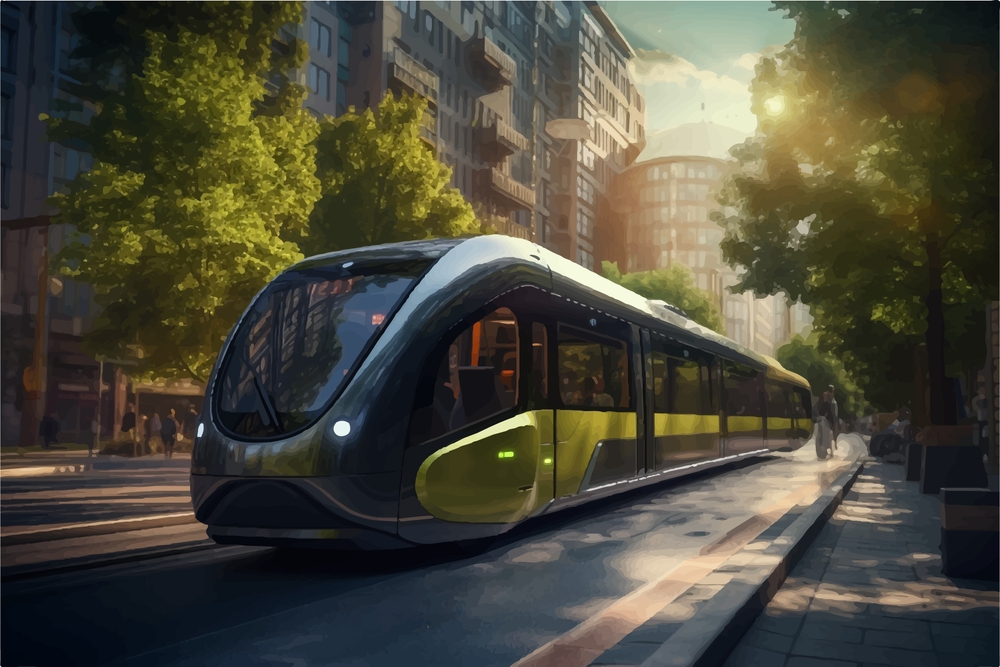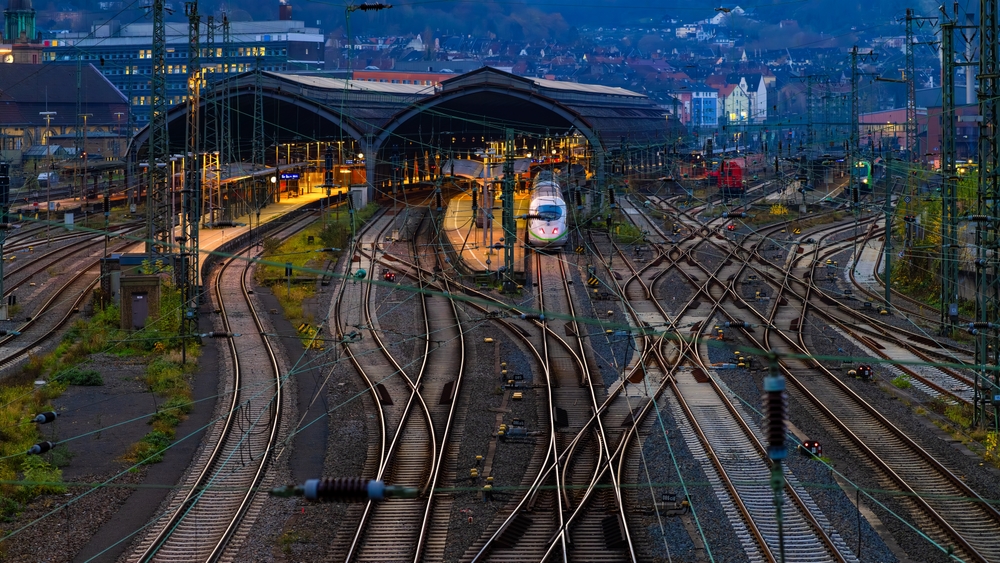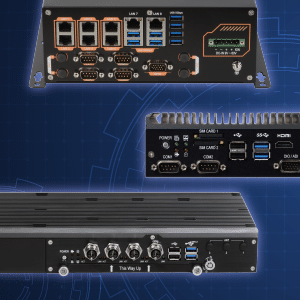How Do Automated Trains Compare to Traditional Railways?

In a world where every minute counts, automated trains can reduce delays by up to 30% compared to traditional railways. This statistic highlights how crucial these AI-powered systems are becoming in modern urban transit. As urban populations grow and demand for efficient public transportation increases, the advantages of automated trains become even more apparent. These AI-powered systems offer superior punctuality, enhanced safety, and greater energy efficiency, making them a critical innovation in modern rail transport.
As we explore these benefits in more detail, it becomes clear how automated trains are an upgrade and a fundamental shift in rail technology. Real-world examples, such as the Dubai Metro and Copenhagen Metro, clearly demonstrate these benefits in action: The former, one of the world’s most extended fully automated networks, uses AI to maintain strict schedules and minimize delays. With minimal human intervention, the latter leverages automation to ensure high safety standards and operational precision. These examples show how AI-driven trains are more efficient and set new standards in urban transit.
Key Benefits of Automated Trains
Automated trains, powered by advanced AI and automation technologies, offer transformative benefits that set them apart from traditional railways. These systems provide significant improvements across various aspects of rail transport.
- Enhanced Punctuality: Automated trains operate with a precision that human-operated systems often struggle to achieve. By leveraging real-time data and predictive algorithms, including passenger flow analytics and demand forecasting, these trains can adjust schedules dynamically to accommodate peak times and avoid congestion. This capability allows them to maintain strict schedules, minimize delays, and ensure consistently reliable service.
- Improved Safety: Safety is a cornerstone of automated train systems. Equipped with a network of sensors and AI-driven monitoring technologies, these trains continuously assess track conditions and performance, significantly reducing the risk of accidents compared to traditional railways.
- Increased Energy Efficiency: Beyond ensuring passenger safety, these systems are also designed with sustainability in mind, leading to significant energy savings. For instance, technologies like regenerative braking lower operational costs and contribute to environmental sustainability, making automated systems more efficient than their traditional counterparts.
- Higher Passenger Capacity: In addition to punctuality and safety, automated trains excel in managing passenger flow. By optimizing train schedules and reducing turnaround times, these systems can increase the frequency of trains on a given line, allowing them to transport more passengers efficiently, especially during peak hours. This capability is crucial in densely populated urban areas, where the demand for public transportation is consistently high.
Overall, the combination of punctuality, safety, energy efficiency, and capacity optimization positions automated trains as the future of urban transportation.
Driving Forces Behind Self-Driving Trains
Understanding the advanced technologies driving these self-operating marvels is essential to fully appreciating how these benefits are achieved.
Remote Control Systems
Remote control systems are critical because they enable real-time communication with station interlocking and trackside equipment. By facilitating quick command execution and dynamic traffic management, remote control systems ensure trains adhere to schedules with minimal disruption, enhancing operational efficiency and passenger satisfaction.
Automated Telecommunication Systems
Automated telecommunication systems integrate automatic telephone networks, radio communication, and cable systems. This integration guarantees uninterrupted, reliable communication across all levels of operation, from individual trains to central control hubs. By enabling synchronized operations and real-time updates throughout the rail network, these systems play a crucial role in maintaining the fluidity and safety of automated train services.
Role of Human Operators
In fully automated train systems, human operators’ role shifts to oversight and strategic decision-making. While the trains operate independently, operators monitor the systems from centralized control centers, ensuring everything runs smoothly. Their responsibilities include overseeing the safety of operations, managing any unexpected situations, and making high-level decisions that automated systems may need to be equipped to handle.
Automated Signaling Systems
Automated signaling systems are vital for safe train movements, managing track usage, and preventing collisions. These systems leverage advanced technologies such as station interlocking equipment and block systems to automate the signaling process, significantly reducing the risk of human error. By optimizing train schedules and ensuring safe, conflict-free movements, automated signaling systems are essential to maintaining the efficiency and safety of modern rail networks.
While these technologies drive operational efficiency, they are only possible with robust signaling systems that ensure safety at every turn. Let’s delve into how these systems are established.
Establishing a Train Signaling System for Safe Railway Transport

Train signaling refers to the array of technologies and processes that control train movements, ensuring that trains travel safely along their routes. Signals communicate vital information to train operators or the automated systems managing the trains about when to stop, proceed, or change tracks. These signals are often managed centrally in computerized systems, with advanced control centers overseeing operations in real time.
Critical Components of a Railway Signaling System
A robust railway signaling system is built on several key components that work together to maintain safety and efficiency:
- Automatic Train Stop (ATS) Systems: These systems automatically halt a train if it passes a signal indicating danger. This is crucial for preventing collisions and ensuring trains operate within safe limits.
- Automatic Train Control (ATC) Systems: ATC systems manage train speeds, ensuring they adhere to safe speed limits, especially in automated environments where precise control is necessary to avoid accidents.
- Interlocking Systems (IXL): Interlocking systems control the settings of points and signals to prevent conflicting train movements. They ensure that only one train can occupy a specific section of track at a time, which is essential for avoiding collisions at junctions and crossings.
- Train Control and Management Systems (TCMS): These systems provide comprehensive control over all aspects of train operations, including braking, to ensure that trains stop safely at stations and signals.
Integrating sophisticated signaling technologies will be essential as rail networks continue to advance. This integration not only ensures the safe operation of automated trains but also enhances the overall efficiency and reliability of the rail network. By investing in robust signaling systems, rail operators can safeguard operations and provide passengers with a safer, more reliable service.
Trains in the Future: Exciting Possibilities Ahead with SINTRONES
As we look ahead, it’s clear that the innovations driving today’s automated trains are just the beginning. The advancements in remote control systems and automated signaling have already set the stage for a new era of railway operations. Further integration of these technologies will likely lead to greater automation, efficiency, and safety in rail networks worldwide.
SINTRONES leads this revolution by offering versatile and modular communication-based train signaling systems designed to meet railway operators’ evolving needs. We customize our solutions to be scalable, ensuring the highest safety and operational efficiency standards. For rail operators looking to modernize their infrastructure, SINTRONES provides the tools to navigate the future of railway technology.
Discover how SINTRONES’ Railway Solution can support your journey toward advanced and reliable railway systems.




